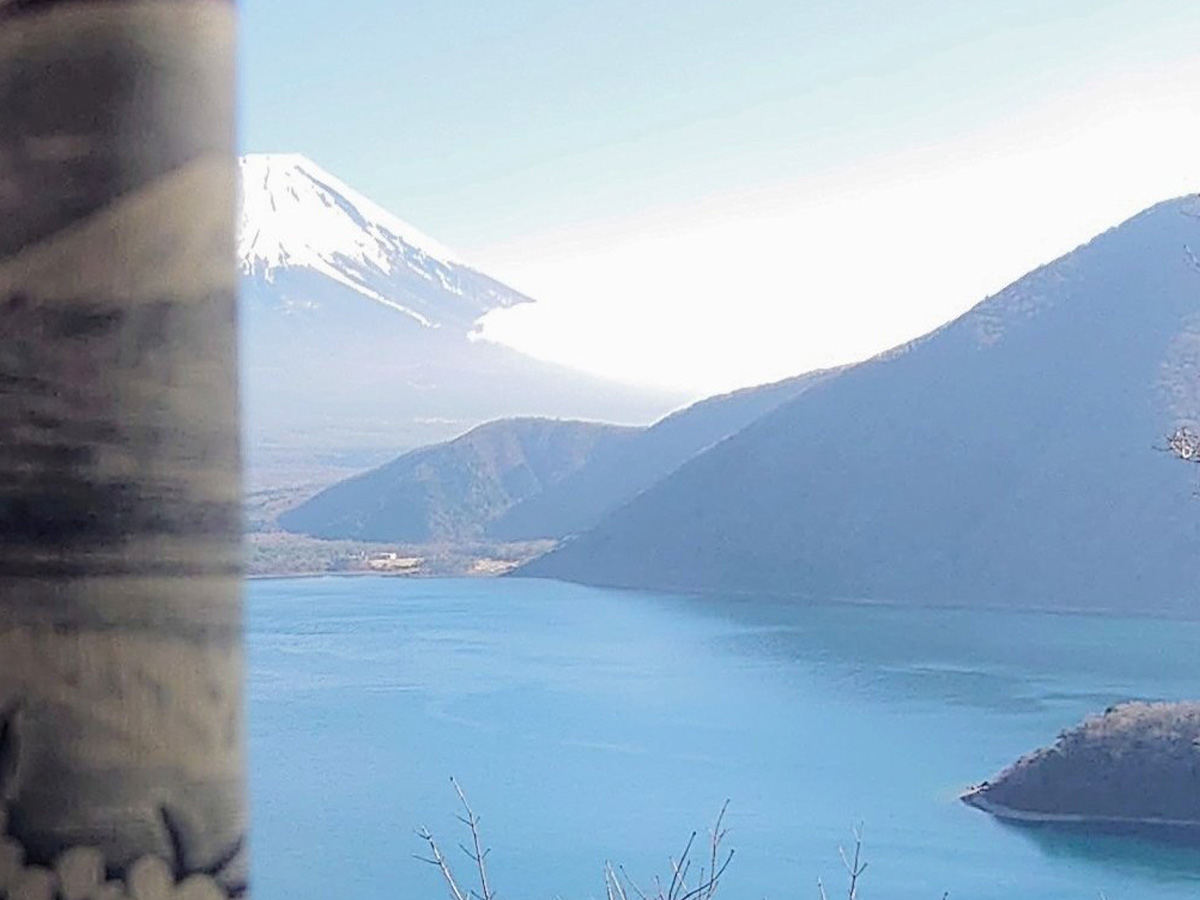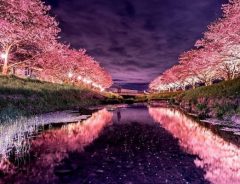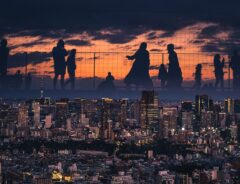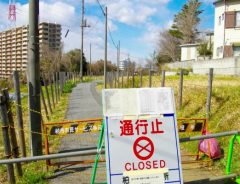
Source: しちょーさ Sicyo_sa (@shicyo_sa) - image used with permission
Viral photo perfectly shows vantage point for Mt. Fuji in 1000 yen note
- Tags:
- 1000 yen note / Japanese currency / Mt. Fuji / photo spot / Photography
Related Article
-

Give A Bittersweet Goodbye To Sakura Season With Tokyo Camera Club’s Breathtaking Photos
-

Try this awesome photo technique when you visit the Shibuya Sky observation deck
-

Footage Shows Abandoned Areas Of Fukushima Being Reclaimed By Nature 7 Years Later
-

Parasports Festa for Animals 2020: Photo Contest for animals with disabilities
-

Stunning and Heartwarming Photography From the ‘Bubble Uncle’ Who Spreads Joy Around Japan
-

Gorgeous shots of Mt. Fuji has Twitter stunned that they aren’t water paintings


Mount Fuji, tallest mountain in Japan and World Heritage Site.
For generations, the beautiful snow-capped mountain has attracted both Japanese residents and visitors from abroad. Some of them come armed with hiking boots and walking sticks, while others come armed with a canvas, sketchbook, or camera, ready to capture the mountain's majestic appearance up close.
Twitter user Sicyo_sa (@shicyo_sa) took a slightly different approach to photographing Mt. Fuji, and his photo quickly got noticed.
Here's the tweet that garnered nearly 200,000 likes and 26,000 retweets at the time of writing:
Reproduced with permission from Sicyo_sa (@shicyo_sa)
"They really do perfectly match up like this."
Mt. Fuji on the 1000 yen note
The beautiful outline, the exquisite snowscape, and even the shores of Lake Motosu 本栖湖 in the foreground all match up impeccably.
Sicyo_sa took this photo from the Nakanokura Pass 中ノ倉峠 Observation Area (Lake Motosu West Shore Park 本栖湖西岸園地) in Minobu-machi, Minamikoma-gun, Yamanashi Prefecture, which is one of the most famous vantage points to admire Mt. Fuji.
The photo of the 1,000 yen note and Mt. Fuji side by side fitting together like two pieces of a puzzle elicited numerous comments such as:
The design of Mt. Fuji on the 1,000 yen note is based on 「湖畔の春」 kohan no haru (Lake Side in Spring), a photo taken by the renowned photographer Kōyō Okada 岡田紅陽 in 1935.
It's interesting to see how the past and present are connected through the 1,000 yen note.
Next time you visit Japan, you can try this one for yourseld. And if you take a look at other Japanese currency notes, maybe you'll make new discoveries of your own!